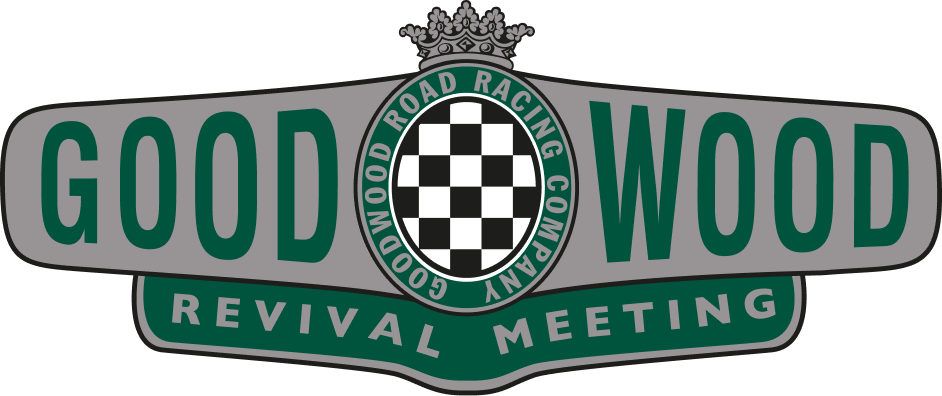Relearning Le Mans on a sim | Thank Frankel it's Friday
 Andrew Frankel
Andrew Frankel
It was my great fortune to get to race at the Le Mans Classic last weekend. I was driving for Bentley, in its own continuation ‘Blower’, alongside one of the 12 identical cars it has made and sold to some of its more well heeled customers. I was excited and terrified in almost equal measure: excited for fairly obvious reasons, terrified because if it all went wrong there are few stages more public in this business than this upon which to fall flat on my face.

My other problem is that I’d not done a racing lap in any car for three years – down to some bad luck last year and Covid prior to that – and not been around the eight and a bit mile Le Mans circuit for over a decade. And the thought of going out there, so rusty in general and so unfamiliar with my environment in particular, really made me question the wisdom of what I was doing. So I called Darren Turner.
You’ll know Darren by name and by his multitudinous outings at Goodwood. What you may not know about him is that in addition to racing Aston Martins (he’s a three-times class winner at Le Mans), he owns a company called Base Performance Simulators, where drivers of all abilities from novice to Formula can go and climb into one of his sims, and get to know a particular car, track or both long before the first competitive lap takes place. And as a way of reintroducing me to Le Mans, it seemed perfect.
Of course, I could always have gone to a mate’s house and ‘driven’ around Le Mans on their PlayStation or similar, but it really isn’t the same thing at all. In the sim, the track is projected onto a screen that takes up your entire field of vision, including right round the sides. It’s as different to looking at a telly screen as can be. Moreover, the sim moves with you, reacting to your every action in a most realistic way. The only thing it can’t do, any more than can any other sim in the world, is replicate the G-force you feel on your body, but as I’d be driving a Bentley designed in the 1920s, I wasn’t exactly expecting slicks and wings levels of downforce anyway.
I told Darren what I wanted and as he races an old pre-war Aston – including in the same race I’d be in – I knew he’d understand. Except he disagreed. ‘If we programme in some old pre-war racer, you’re going to spend most of your time sitting on the straights learning nothing. If all you want to go is re-familiarise yourself with the track, you’ll be much better off in something quick and doing twice the number of laps in half the time.’ I hadn’t thought of that.

Which is how I found myself strapped into a virtual LMP3 car. The last sim I’d been in was back in 2014 when I was about to do the Monaco Historics and I’d had to give up after less than 20 minutes because otherwise I was going to be violently ill. They have that effect on drivers – Michael Schumacher suffered the same affliction so I’m in good company. So this time I’d swallowed some travel sickness medication before arriving.
As soon as I was out on the track I was reminded that knowing which way a track goes is less than halfway between not knowing it at all and knowing it well enough to race effectively upon it. There are kerbs you can use and those you can not. There are places you can almost drive off the circuit and still keep within the rules and others where the slightest transgression will see you pinged for track limits. There are places too, like at the exit of the Esses where the track goes over a little brow obscuring your view of part of the track, tempting you not to use it whereas if you have the nerve to keep your foot down you can get a far better exit down towards Tertre Rouge and so on.
I also got some expert coaching which provided information you might never work out for yourself: the entry to both the chicanes on the Mulsanne is far quicker than you think and there’s space enough just to shed the speed before turning the car the other way. In the first left of the Porsche Curves if you do a wall of death right around the outside of the barrier it puts you on the perfect line and allows you to carry far more speed through the rest of the complex. The first of the Ford chicanes is quicker than it looks, the second even slower.
The result was that when I did venture out onto a real live circuit in a real live racing car, the one thing I never wondered about at all was how or where to position the car. And thanks to that I was safer, quicker and had more fun than would ever have been possible without. If you’re thinking about racing somewhere new, or somewhere you’ve not visited in a while, or even just doing a track day I’d recommend booking a sim session. You won’t need long – I had just one hour – and I can’t see how you’d ever regret it.
Thank Frankel it's Friday
Sim Racing
FOS Future Lab






